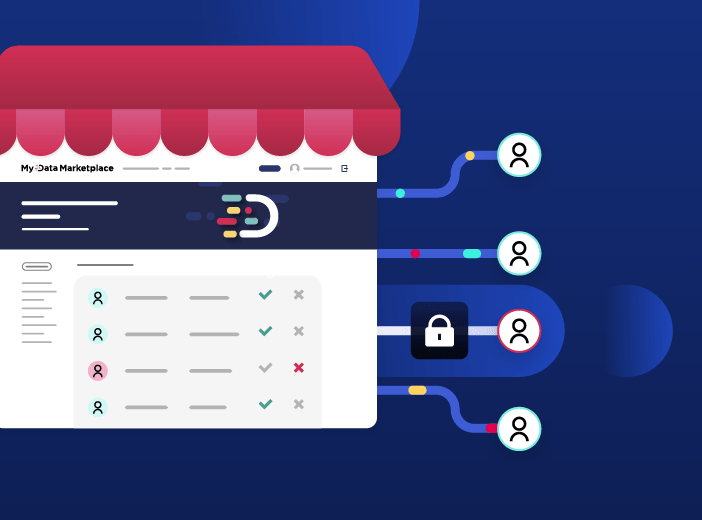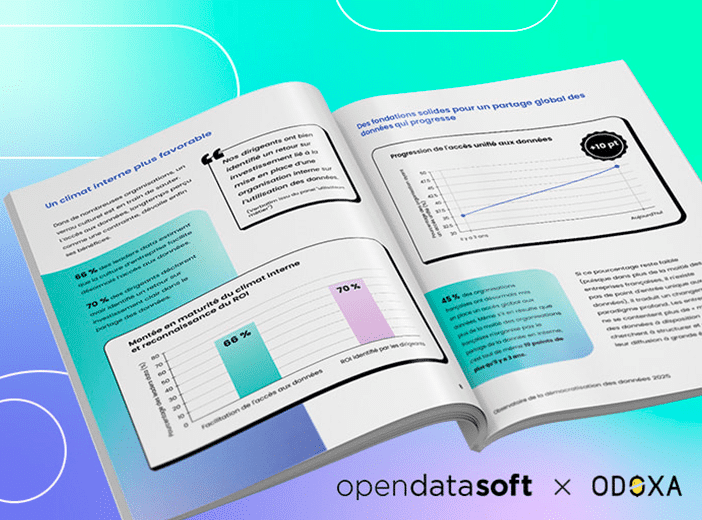Delivering effective state government through open data

By becoming data-driven and sharing information internally and externally state governments can boost efficiency, increase transparency and support better decision-making. Based on the experiences of the North Carolina Office of State Budget and Management we explain the importance of open data to successful state government.
Data is central to efficient and effective state government in the United States and Canada. Sharing data enables better decision-making, greater oversight and more transparent operations. State agencies can collaborate between themselves more easily and proactively demonstrate their performance against targets to citizens and other stakeholders. This transparency strengthens trust, not only in the state government itself, but in the entire democratic process.
The job of collecting and sharing data normally falls to state (or province in Canada) budget or operations offices. For example, in North Carolina the Office of State Budget and Management (OSBM) is responsible for providing objective information and analysis to ensure a balanced state budget and effective stewardship of public resources. These departments therefore need a well-thought out data strategy, backed up by governance and an open platform that makes sharing simple and straightforward to meet the requirements of all users.
Challenges to open data sharing at a state level
As with any type of organization, state agencies face specific challenges when it comes to data sharing:
Data availability
Data can be scattered between teams and different state agencies, and be available in a variety of formats. Many datasets are not yet fully digital or in a form where they are easily interoperable. Concerns around data privacy may need to be addressed (such as through anonymization) before certain information can be shared. Strong governance is vital to ensure data remains high quality, up-to-date and is shared securely.
Meeting the needs of a wide range of users
States have enormous volumes of data, which has to be accessible to users from policymakers to citizens. That requires an easy to use, flexible platform. For example, OSBM’s LINC open data portal contains over 900 data items, covering areas as diverse as population (including census data), labor force, education and agriculture, supplied by 20 state departments. This is used by three broad groups, each with very different needs and skills:
- Novice users, such as citizens, those looking to move to the state, or school children researching projects. Normally they are looking for specific information, such as the number of people in a county or the acreage of soya beans grown in the state.
- Mid-tier users, such as public employees at OSBM, within state departments and inside municipal government. They need more detailed data to make informed decisions around areas such as policy, budgets and future plans.
- Advanced users, such as researchers and data scientists. This group requires a robust platform that enables them to access and download bulk data for trend analysis, often automated through APIs.
The latest version of LINC, built on Opendatasoft’s platform, is designed to deliver on the needs of all groups. It combines an easy-to-use interface with the ability to quickly create powerful data experiences, visualizing information through maps, charts and graphics. Data is accessible via API calls and can be automatically updated in real-time, as sources change.
The benefits of open data sharing at a state level
Research from consultancies such as McKinsey and Deloitte identifies a range of benefits when states share data internally and externally.
Increased administrative efficiency
States need to operate as efficiently as possible – every dollar saved can be spent on improving services to taxpayers. Sharing data internally between state agencies removes duplication and the need to rekey information, reducing administration and manual processes. This means state employees can focus on delivering services to citizens, rather than having to spend time and resources searching for information or asking colleagues in other agencies for data on an ad-hoc basis.
Enables data-driven policy making
State employees and policymakers are responsible for vital decisions that affect the lives of their citizens. Access to the right information from multiple sources enables data-driven decision making, based on clear facts. This not only leads to better decisions, but ensures accountability – citizens can clearly see why policies have been introduced, based on the data.
For example, in the case of OSBM an important part of LINC is its demographic data, built on federal census information, such as population figures. It is vital to ensure this information is completely accurate as it drives federal funding for a decade. Accordingly OSBM is working with counties and municipal governments across North Carolina, using LINC to share the results of the 2020 census and providing them with advice, information and tools to ensure that it is accurate.
Improved experience for stakeholders
We live in a digital world, and citizens want to be able to access state government information online, whenever they need it. Launching a state open data portal provides a front door into this information, allowing citizens to easily find the data they require 24×7. However, for open data portals to engage users they have to be simple to use by non-experts, providing compelling data experiences through visualizations such as maps, data stories and other graphics. For example, OSBM is showcasing how data drives life in North Carolina by producing regular data stories on topical subjects. These use data to enable users to explore a subject through accessible data visualizations that bring information to life.
Reduce fraud, waste, and abuse
Government agencies can have extremely large budgets – and have a clear responsibility to protect taxpayer dollars from error or fraud. However, mistakes can occur – in the United States, agencies across the government made an estimated $281 billion in improper payments in 2021, according to the U.S. Government Accountability Office (GAO). Bringing together data from multiple sources can both reduce errors and highlight potential discrepancies.
For example, Bloomberg Associates has worked with Opendatasoft to create its Red Flag tool. This allows cities to analyze their spending on construction projects, comparing actual invoices to contract terms. This helps human auditors spot potential issues by automatically flagging any inconsistencies, allowing them to be investigated further.
Greater transparency and engagement
Across the globe there is a growing breakdown of trust between citizens and governments. While research from Deloitte shows that people have greater confidence in local and state institutions compared to national governments, it is vital to use data to reinforce trust and transparency. Sharing performance data against targets on open data platforms provides the opportunity to show success, for example. Deloitte’s study also found a direct correlation between satisfaction with a state’s digital services and greater trust – launching these services and making them effective is underpinned by open data.
Build an innovative open data ecosystem
State government information doesn’t just deliver value internally and with citizens. It can be used by academics for research, by external organizations to create innovative new services or provide the basis of hackathons that aim to solve pressing problems. Creating an ecosystem around state open data increases its value and drives innovation.
Harnessing information to drive data-driven operations
Adopting an open data approach delivers clear benefits for state government agencies, as the experience of North Carolina demonstrates.
OSBM’s LINC platform provides data to all types of users across the state and beyond. Groups as diverse as schoolchildren and data specialists are now accessing, creating and visualizing compelling data experiences and downloading data to meet their differing requirements. At a public level LINC increases transparency and engagement, showing clearly what is happening in the state at a statistical level, and explaining policy decisions. Government employees are able to plan more effectively, based on access to comprehensive, up-to-date data.

It can be hard to understand exactly what a data product is, given the many ways that the term is defined and applied. To provide clarity this article provides a business-focused definition of a data product, centered on how it makes data accessible and usable by the wider organization, while creating long-term business value.


